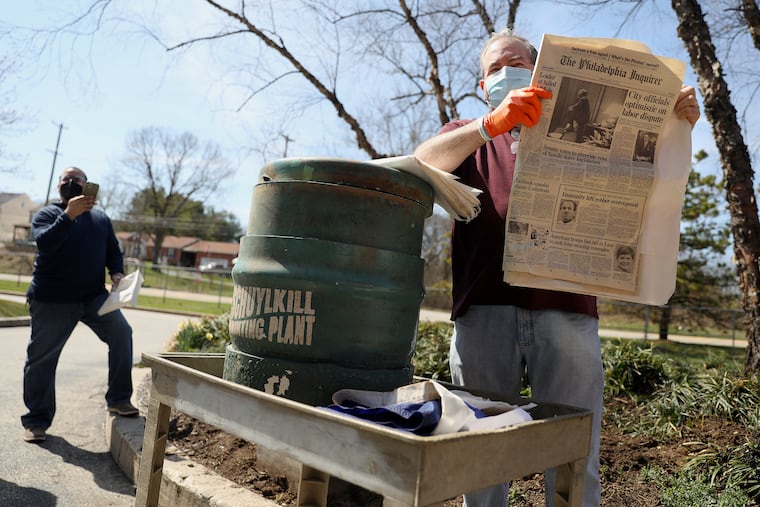At the closing Inquirer printing plant, a time capsule opened 71 years early
The $299.5 million plant, a 1992 investment that promised crisp photos and multi-color spreads, was sold for $37 million. Close to 500 people lost jobs that were supposed to be around for a century.
